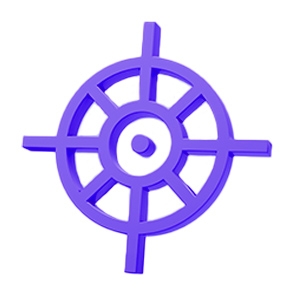Associations typically have missions centered on advancing their industry or profession and helping the people in the field develop professionally. To do that best, they need to provide equitable and inclusive access to the association to draw a wider pool of members and staff. Many organizations haven’t fully realized this vision, but they can get closer by using technology and analyzing their data, say experts.
Karine Blaufuss, CAE, director of business data and intelligence at American Geophysical Union (AGU), said technology tools can help organizations capture and sort data to identify deficiencies in equity and inclusion.
“Inclusion [means] that everyone feels welcome,” Blaufuss said. “And data can be your friend to help measure how welcome people feel.”
AGU has used data to discover where the organization lacked equity among members. For example, “in our peer review process, women were not asked at the same rate as their male counterparts,” Blaufuss said. “Once we were able to see that with the data—both for peer review and honors and awards—we made some small changes, mostly for awareness. [Then] we gave a strong encouragement to members. We said, ‘Don’t forget to nominate your women colleagues who are deserving of these awards.’”
Blaufuss said sharing the data about equity gaps with “our people who love data” brought more nominations of women for awards, as well as more women to the peer review process.
Similarly, many organizations have turned to their data as they aim to improve equity and inclusion for meeting speakers, said Tim Hopkins, CAE, practice director at McKinley Advisors and vice chair of ASAE’s Diversity and Inclusion Committee.

